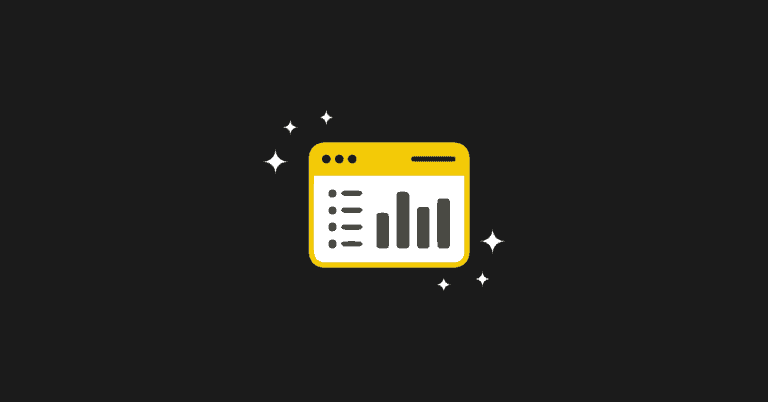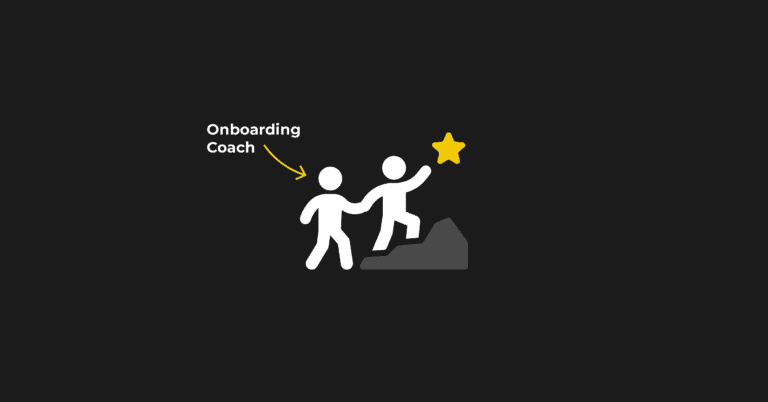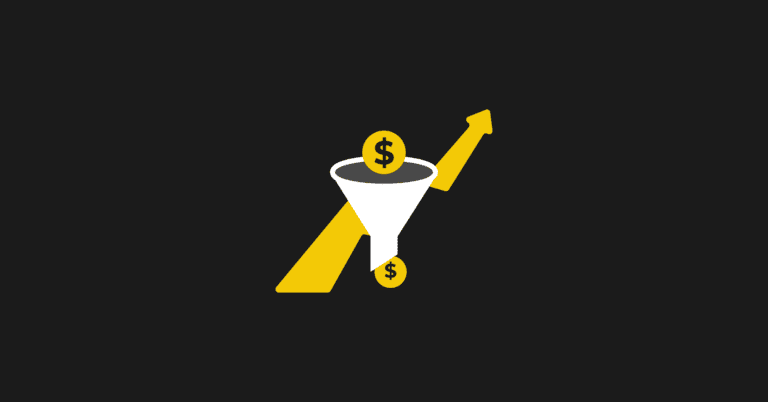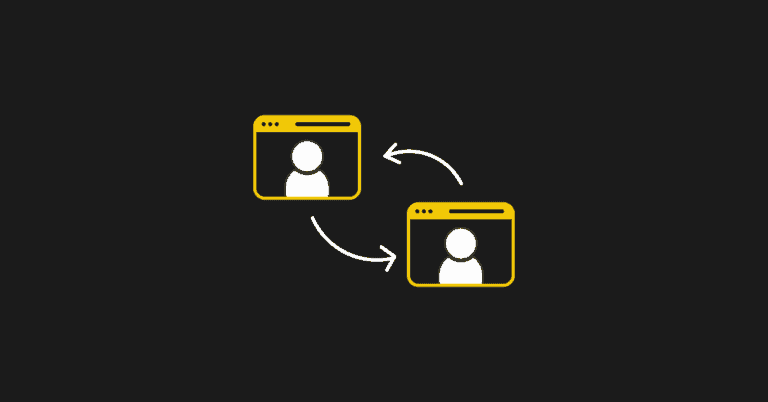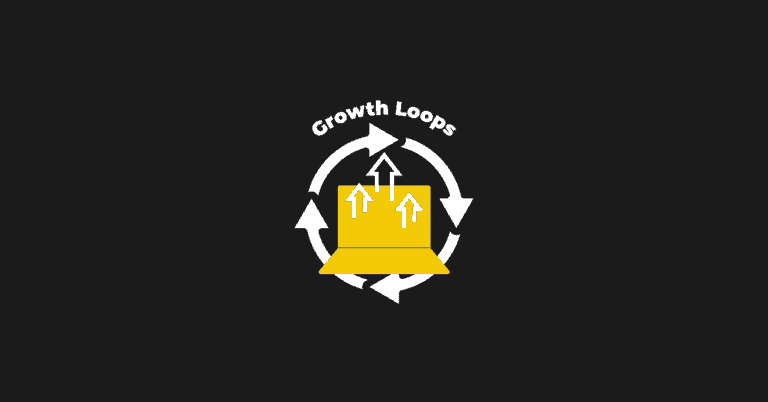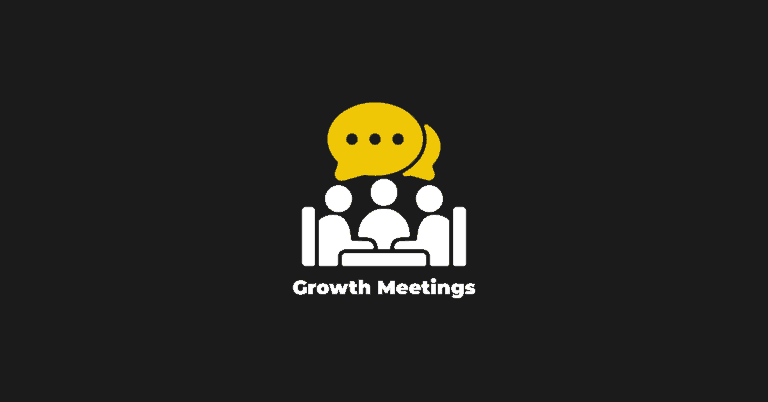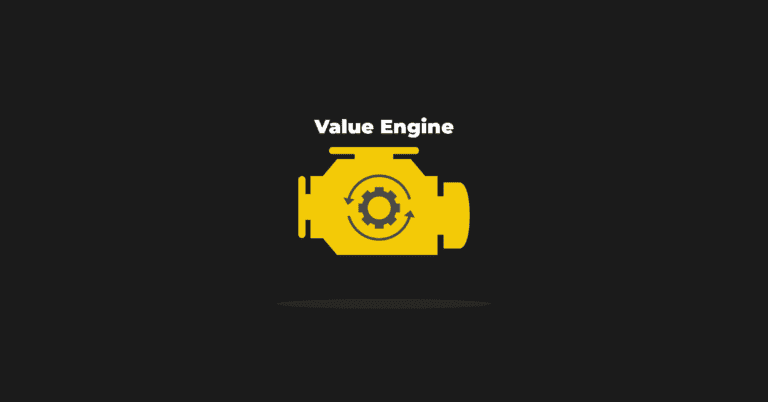Do you wish you could have 10x conversions on your website, landing page, or product?
Well, you can, and it’s not as complicated as you might think. It doesn’t involve gaining more social proof or increasing your social media followers.
You can use emotion, psychology, and persuasion to radically boost your conversions.
But before we can do that, it’s important to understand why people buy products and services in the first place.
Why People Buy Products and Services
Many companies are guilty of using their landing pages to talk about product features, pricing, how good the product is, how long the business has been around, and so on.
This might lend a bit of credibility to the business. But it doesn’t do much to stir up emotions within the reader.
If people bought products for the reasons just mentioned, no doubt the top brands out there would create landing pages around these features and facts. But they don’t, because the items have nothing to do with the customer.
The tagline for the Apple Watch Series 4 is “All new. For a better you.” It’s simple, and it appeals to your emotions, doesn’t it?
The reason we try to sell rationally is because we think this is how people buy. They don’t.
People buy on emotion and then rationalize their decisions later.
Professor of Neuroscience, Psychology and Philosophy at the University of Southern California Antonio Damasio found that emotions have an impact on every decision we make. Yes, every decision.
How to Identify Emotional Triggers
Once you’ve figured out the emotional triggers that move your customers the most, it makes it easier to choose the right images, copy, colors and structure for every page you create and every email you write. This will boost your ROI by a huge margin.
But you can’t figure out what emotions move your customers based on instinct or even a Google search. You need to know exactly where the emotions are coming from, and what emotions are motivating your customers to buy.
Identifying emotional triggers is a four-step process. Here’s what that looks like:
- Analyze. Analyze visitor behavior on your website. What are they doing? Where are they clicking? Where are they dropping?
- Research. The emotions that impact your customers most, psychological triggers, cognitive biases, intent, hesitations, concerns.
- Strategy. Create your messaging around what you discover in your research.
- Test. Test your strategy. Whether it’s successful or not, you’ll at least learn something about your customers.
How to Show Emotions on Your Website
There are over 220 emotional triggers that can play a role in decision making. And, it’s never just one emotion that drives our decisions. There are always a couple working together. That’s why it’s often best to use two at the same time.
Here is an example of two that work well together:
1. Social Image
Social image is all about how you want people to perceive you. People care about what others think about them. So, many of the purchases we make have to do with how we think others will see us.
For instance, parents buy their kids great presents for their birthday, so their peers think they’re well off.
2. Self-Image
Self-image tends to go hand in hand with social image. This is all about how you feel about yourself.
For instance, we purchase gym memberships to feel better about ourselves, regardless of whether we go to the gym at any point in time.
Headline Formulas
Now that we have a focus for our emotional triggers, it’s time to put together our landing page.
As you probably know, the headline is the first thing people see and read on a landing page.
When writing your headline, you don’t necessarily need to reinvent the wheel. Here are a couple of proven and tested formulas that can help you craft your headline without having to start from scratch.
Formula #1 – Have a/become a [desirable thing] you can be proud of
For instance, if you’re selling email software, your headline could be something along the lines of:
Write and send emails that make you money and make you feel proud.
Formula #2 – The only [solution] made exclusively to [most desirable social-image outcome]
For example, let’s say you have a VA service. Here’s a great headline to promote your offer:
The only VA service that will make people ask, “how does she get it all done?”
Call To Action Buttons
When it comes to call to action buttons, there are three things to keep in mind. They are:
- Have one goal.
- Be clear about the outcome.
- The only thing that matters is value – the length is irrelevant.
Writing formulas can be applied to CTAs just like they can be to headlines. Here’s an example.
Call To Action Formula – I’d like to
[specific action]
(what) because I want to [value] (why)
Let’s say you’re asking your website visitors to donate to a worthy cause. So, your call to action button could be:
I’d like to donate now because I want to impact thousands of lives in one click.
The button itself may simply read “donate now”, but the supporting text below it could be “impact thousands of lives in one click”.
Bullet Points
Bullet points are another important element on a landing page.
Again, we know that most companies tend to use them to list product features and describe themselves.
But we must keep in mind that people don’t sign up for the features – they sign up for the value.
So, a good formula to apply here is:
Benefit + value = emotional impact.
So, first you mention the benefit. If you’re selling an online parenting course, a benefit might be word for word scripts for handling backtalk. The emotional value of this tool would be the ability to confidently and calmly handle any crisis no matter what life throws at you.
So, your bullet point would be:
Word for word scripts for handling backtalk so you can confidently and calmly handle any crisis no matter what life throws at you.
Bullet points are meant to strengthen the emotional value of the sale. So, remove the burden of decision and help your prospects see the value of your product on an emotional level.
Testimonials
Testimonials can go a long way towards helping you sell more. But if the emotional triggers we’re focusing on are social image and self-image, then the testimonials we feature should also be connected to these triggers.
Trust Symbols
Trust symbols are an added layer of trust on your landing page that can increase conversions.
2 Questions You Can Ask Yourself if You Want to Improve Your Website Now
If you’re wondering how you can apply the above to your website, simply ask these two questions:
1. Are you making it about the customer?
Always remember that the hero of the story is the customer – not you.
So, critique your page by asking and answering the following questions:
- Am I focused on the customer’s value or the benefits and features of the solution?
- Am I using the right words to evoke the emotions I want to create on my page?
- Do my testimonials address the emotional needs of my prospects?
2. Can people consistently feel the emotion?
Again, every element on your page should support your emotional triggers and overall strategy.
So, in addition to all the elements already mentioned, ensure that your page passes the five second test.
And, always remember that you will only achieve your goals if your customers achieve theirs.
To learn more about Talia's approach to conversion rate optimization, make sure to check out her content on GetUplift.




